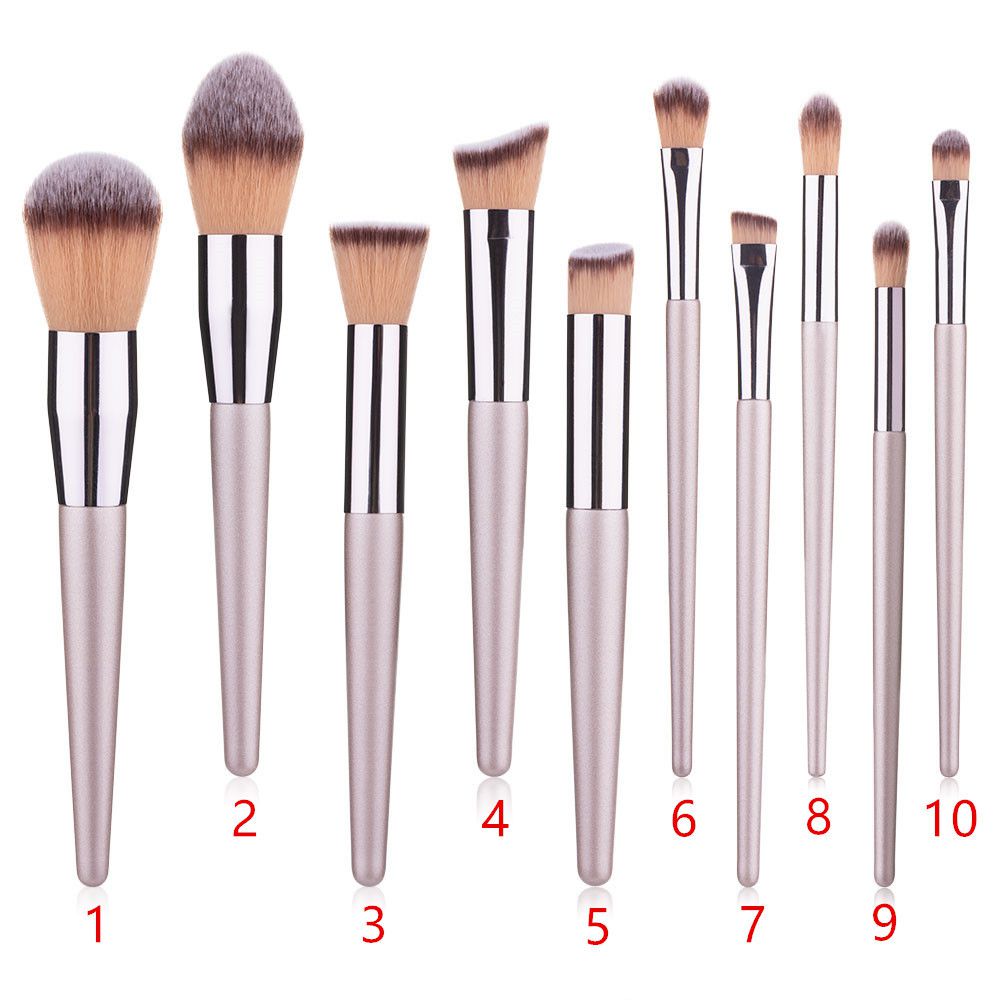Industry news
Brush Cleaning Tool Sales Spike: Consumers Seek Hygienic Solutions for Natural Bristle Maintenance
- 489 Views
- 2025-09-16 01:31:16
Brush Cleaning Tool Sales Spike: Consumers Seek Hygienic Solutions for Natural Bristle Maintenance
The global market for makeup brush cleaning tools is witnessing a significant sales surge, driven by a growing consumer focus on hygienic maintenance—particularly for natural bristle brushes. As beauty enthusiasts increasingly invest in high-quality natural bristle makeup brushes, the demand for specialized cleaning solutions has skyrocketed, reflecting a shift toward proactive care and long-term tool preservation.
Natural bristle brushes, prized for their superior softness, powder-gripping ability, and seamless blending, are often crafted from animal-derived fibers like goat, squirrel, or pony hair. Unlike synthetic alternatives, these natural fibers have porous, irregular structures that excel at picking up pigments but also trap cosmetics residue, skin oils, and environmental pollutants. Over time, this buildup harbors bacteria (such as Staphylococcus aureus or E. coli), leading to skin irritations, breakouts, or even infections. Additionally, neglected residue degrades bristle integrity, causing fraying, shedding, and reduced performance—shortening the lifespan of brushes that often cost $50 or more. Post-pandemic, heightened hygiene awareness has amplified these concerns, with 68% of consumers now prioritizing "deep cleaning" over basic rinsing, according to a 2024 survey by Beauty Industry Insights.

This consumer shift is fueling the sales spike. Market data from Statista shows global makeup brush cleaning tool revenue grew 22% year-over-year in 2023, with projections to exceed $450 million by 2026. Key drivers include the booming natural bristle brush market—up 18% annually, per Grand View Research—as well as viral education on social media. Platforms like TikTok and Instagram have seen a 300% increase in NaturalBrushCare since 2022, with influencers demonstrating how unwashed brushes transfer bacteria to skin, or comparing makeup application before and after cleaning. This "hygiene literacy" is turning casual users into informed buyers, eager to protect their investments.
The market is responding with innovative solutions tailored to natural bristle needs. Manual silicone cleaning mats, featuring textured patterns to dislodge residue without damaging delicate fibers, remain top sellers, accounting for 42% of sales. Brands like Sigma and EcoTools have upgraded designs with softer silicone ridges to mimic hand-washing motions, reducing bristle stress. Electric cleaning devices, though pricier, are gaining traction for efficiency: models like the BrushHero use rotating heads and gentle centrifugal force to cut cleaning time from 30 minutes to under 5, appealing to time-strapped consumers. Meanwhile, specialized cleaning formulas—enriched with natural conditioners like jojoba oil or aloe vera—are replacing harsh soaps, preventing bristle dryness and preserving softness.
Consumer pain points are also shaping product development. Traditional methods, such as hand-washing with dish soap, often leave residue or strip natural oils from bristles, leading to brittleness. "We’ve seen a 55% uptick in inquiries about 'bristle-safe' tools," notes Maria Lopez, product development lead at a leading brush manufacturer. "Consumers want solutions that clean thoroughly and extend brush life—a dual priority that’s non-negotiable now."
Looking ahead, the trend shows no signs of slowing. As sustainability gains momentum, brands are exploring eco-friendly materials, such as biodegradable cleaning pads or refillable soap cartridges, to align with consumer demand for planet-friendly beauty. Moreover, the rise of "holistic beauty"—linking tool care to skin health—will likely drive cross-category innovation, such as UV sanitizing attachments or smart devices that track cleaning frequency. For manufacturers, the message is clear: in the age of informed consumers, hygiene and bristle preservation aren’t just add-ons—they’re essential.











